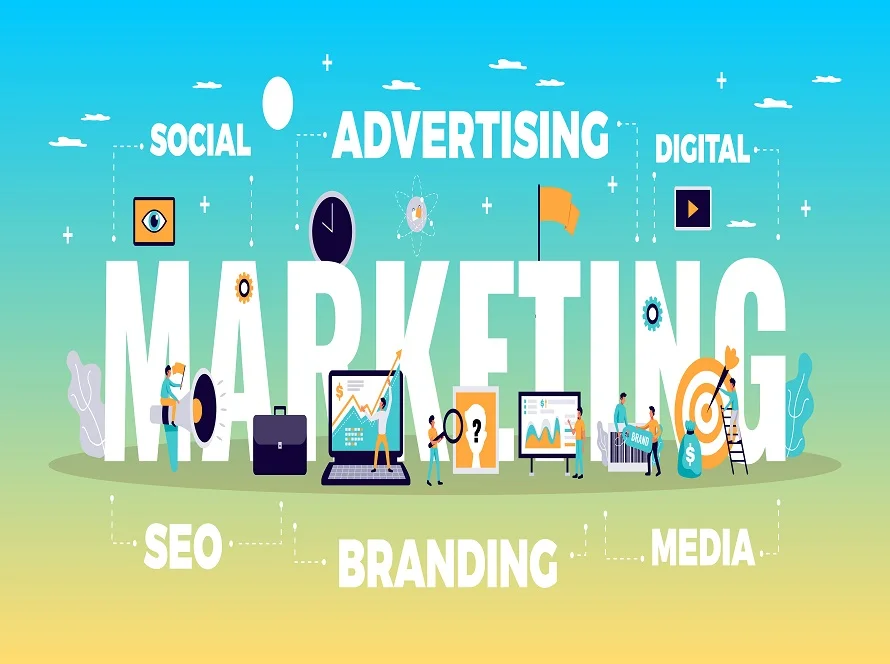Introduction
The idea of achieving “net zero” has been incredibly popular over the past decade as the world community struggles to meet the critical need for climate change mitigation. We will examine the path to net zero emissions and the substantial effect it may have on the IT services sector in this blog article. The IT industry is at the vanguard of this shift, playing a crucial part in the search of a sustainable future, as governments and companies work to decrease their carbon impact.
Understanding Net Zero
Aiming towards net zero means achieving a balance between the quantity of greenhouse gases (GHGs) released into the environment and the amount removed. Combining methods to eliminate or neutralise the remaining GHGs with reduced emissions can accomplish this. Scopes 1, 2, and 3 emissions, including direct emissions as well as those produced by the chain of supply and product consumption, are covered by net zero commitments.

Need of Net Zero
The urgent need to battle climate change and ensure a future that is sustainable for our planet drives the necessity to attain net zero emissions. The inescapable fact is that greenhouse gases (GHGs) have greatly increased in concentration in our atmosphere as a result of human activities, primarily the combustion of fossil fuels, deforestation, and manufacturing processes. These greenhouse gases (GHGs), namely carbon dioxide (CO2), methane (CH4), and nitrous oxide (N2O), behave as a blanket around the Earth, trapping heat and elevating temperatures, a phenomenon known as global warming.
A series of devastating effects, such as more prevalent and severe weather conditions, rising sea levels, ecosystem changes, and challenges to the security of food and water, are fueled by this warming.

The Role of IT Services in Achieving Net Zero
- Data Centre Efficiency: Data centres are the foundation of the IT sector, and their use of energy has been a major worry. 1. Data centres must evolve into more energy-efficient and run on renewable energy sources to reach net zero. This change lowers operational expenses for IT service providers while simultaneously reducing emissions.
- Cloud Computing: Cloud computing is a crucial tool for IT sustainability. Businesses may optimise resource usage, scale as necessary, and lower the energy requirements of on-premises infrastructure by moving to the cloud. The biggest cloud service providers are also making a bigger effort to use renewable energy, in line with net-zero goals.
- Sustainable Hardware: The production and destruction of IT hardware produce emissions. The utilisation of eco-friendly materials, effective designs, and ethical end-of-life procedures are required for net zero. IT service companies may have a big impact by supporting environmentally friendly devices.
- Collaboration and remote work tools: The COVID-19 pandemic hastened the use of remote work, which lowers emissions from commuting. The emergence of eco-friendly collaboration technologies and ongoing assistance for remote work will help IT services cut their carbon footprint even more.
- Data analytics for sustainability: IT services are top-notch in this area. Companies can obtain insights into their impact on the environment by utilising big data and analytics, facilitating sound choices for emission reductions and ecological practises.

Challenges on the Road to Net Zero for IT Services
- 1.Energy Transition: Switching to renewable energy sources is one of the biggest obstacles to reaching net-zero emissions for IT services. Depending on the infrastructure already in place, this transformation is not consistent across different geographic regions and may be particularly difficult. IT service providers must both make investments in renewable energy technologies and promote the adoption of clean energy regulations in their local communities. The transition calls for not only a change in energy supply but also an overhaul of technology infrastructure and power-hungry data centres.
- Supply Channel Emissions : A global supply network that crosses continents is intricately entwined with IT services. This complex network’s extensive emissions reduction is a significant challenge. IT service suppliers must encourage cooperation and accountability among their varied range of vendors if they are to make significant progress. In order to do this, it is necessary to expand environmental awareness to every stage of the chain of supply, from raw materials to manufacture to transportation, in addition to decreasing emissions at the moment of service.
- Data Security: The IT industry can not compromise on the core premise of data security as it actively seeks net-zero goals. The unwavering requirement for effective data protection should be smoothly integrated with the environmental initiatives. The progression towards net zero may require modifications in data storage, administration, and processing methods, so striking this equilibrium is a complex effort. To guarantee the accuracy, confidentiality, and accessibility of vital data, these modifications must adhere to the strictest requirements of data security.
- Regulatory Compliance: Because environmental standards are always changing, it is difficult for IT services that strive for net-zero emissions to stay in compliance. Ambitious sustainability goals require constant awareness and agility to be pursued while being compliant. IT service providers need to keep up with changing local, national, and worldwide environmental rules and regulations. This requires actively altering plans and operations to comply with upcoming environmental demands in addition to adhering to present standards.
The Impact of Net Zero on IT Services
Let’s examine each of these aspects of net zero’s effect on IT services in more detail:
- Market Demand : In the modern world, consumer and business decision-making are driven by environmental consciousness. The demand for IT suppliers of services with high sustainability credentials is growing among businesses. IT service providers can meet this rising demand by pledging to net zero and implementing environmentally responsible practices. This connection not only draws in customers who care about the environment, but it may also give them a competitive edge by setting them apart in the market. It’s more important than ever to provide IT services properly and sustainably.
- Innovation Opportunities : The drive towards net zero fosters a creative environment for the IT services sector. IT companies are in a good position to create and use sustainable technologies. For instance, they can innovate in the construction and management of energy-efficient data centres, which not only decreases operational costs but also reduces carbon emissions. In order to assist clients in quantifying and reducing their carbon footprints, IT companies can also design and provide carbon tracking and offset systems. In addition to addressing environmental issues, these technologies create new cash sources and market prospects.
- Cost Reductions: Energy-efficient practices are essential to achieving net zero, and they likewise result in cost savings. IT service providers can cut waste and energy use by running more sustainably, which will eventually result in significant cost savings. The financial performance of IT services can be increased by reducing energy costs, increasing resource efficiency, and reducing environmental impact. Additionally, switching to greener energy options becomes more financially appealing as the expense of sources of clean energy keeps dropping.
- Resilience: Extreme weather occurrences as well as other climate-related disruptions are on the rise as a result of climate change. IT service companies can develop resilience against these interruptions by lowering their carbon footprint. Data centres, for instance, are better able to guarantee continuous service delivery even under difficult conditions if they are fueled by sources of clean energy and situated in areas less vulnerable to natural disasters. Business continuity is protected, and customer confidence in the dependability of IT services is boosted by resilience to climate-related threats.
Conclusion
The IT services sector assumes a vital role as a driving force for transformative change in the persistent goal of attaining net-zero emissions, emerging as far more than just a bystander. This dynamic sector fiercely drives the trend towards sustainability rather than being content with a passive contribution. IT service providers are in a unique position to achieve a remarkable double feat: significantly reducing their own carbon footprint and while establishing themselves as vital supporters in the current global shift towards a more sustainable future. This is thanks to their unwavering dedication to embracing sustainable practises, optimising operational efficiency, and creating ground-breaking innovations.
Far from being a trivial environmental issue, net zero offers the IT services industry a profoundly strategic opportunity. It goes beyond ecological urgency to open the door to long-term prosperity in a society where sustainability is increasingly valued. The IT services sector can steer itself in the direction of increased competitiveness and relevance as well as environmental responsibility by using the potential of sustainable practises. They are in harmony with a greater social vision for a more environmentally balanced world because of this dedication.
In summary, by acting as an eager proponent and implementer of sustainable solutions, the IT services sector is not only lessening how it affects the environment but is also paving the way for prosperity. These industry companies have the potential to thrive as important partners in the global movement towards a more sustainable greener tomorrow in this era of increased environmental consciousness, where sustainability is not only a goal but an expectation.
About Us






